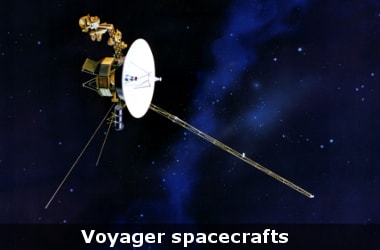
NASA's Hubble Space Telescope is set to create a roadmap for two Voyager spacecrafts that will travel through unexplored territories beyond the solar system, by measuring the material along the future trajectories of the probe.
When Voyagers run out of power and are unable to send back new data, Hubble will still be able to tap them to learn more about their environment.
A preliminary analysis of the Hubble observations shows a rich, complex interstellar ecology, containing multiple clouds of hydrogen laced with other elements.
This also provides new data into how the sun travels through interstellar space.
This is a great opportunity to compare data from in situ measurements of the space environment by the Voyager spacecraft and telescopic measurements by Hubble.
The astronomers hope that the Hubble observations will help them characterise the physical properties of the local interstellar medium. Synthesising these insights with in situ measurements from Voyager would provide an unprecedented overview of the local interstellar environment.
For the next 10 years, the Voyagers will be making measurements of interstellar material, magnetic fields and cosmic rays along their trajectories.
About Voyager Spacecrafts- NASA launched the win Voyager 1 and 2 spacecrafts in 1977.
- Both explored outer plants Jupiter and Saturn.
- Voyager 2 went on to visit Uranus and Neptune.
- The spacecrafts are currently exploring the outermost edge of the Sun's domain.
- Voyager 1 is zooming through interstellar space, between stars filled with gas, dust and recycled material from dying stars.
- The probe is 13 million miles from earth– this is the farthest human made object ever build.
- In 40 thousand years, the spacecraft will no longer be able to father new data and will pass within 1.6 light-years of the star Gliese 445, in the constellation Camelopardalis.
- Its twin, Voyager 2, is 10.5 billion miles from Earth, and will pass 1.7 light-years from the star Ross 248 in about 40 thousand years.